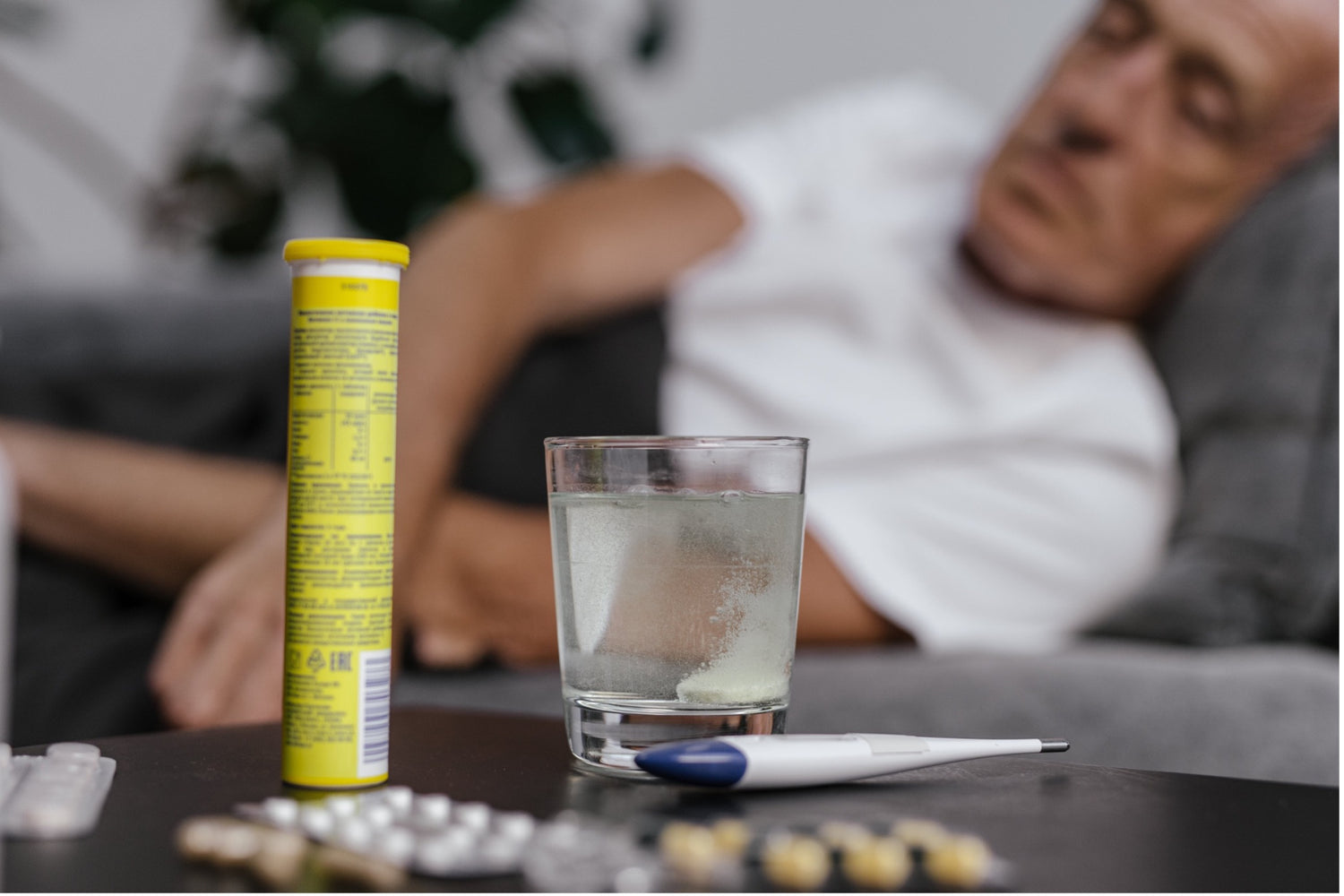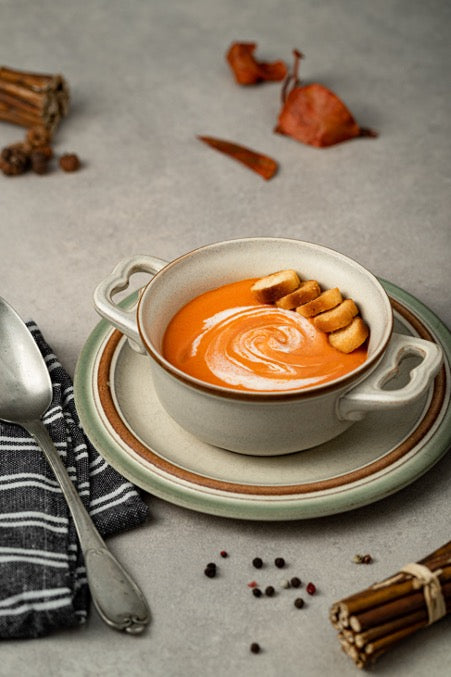Illness can cause rapid unintentional weight loss
If you are ill, you may experience drastic weight loss without having tried to lose weight yourself.
Unintentional weight loss most often occurs due to:
- lack of appetite and weakness associated with illness
- your body burns extra calories when the body's defenses fight to fight disease
The more serious the disease, the greater the risk of unintentional weight loss and malnutrition.
Sometimes illness also contributes to protein loss, regardless of whether it is infections or operations (Hessov, I. & Jeppesen, PB, 2012)
11 tips on how to avoid weight loss during illness:
- Weigh yourself every week so that you can quickly react to any weight changes
- Eat foods with a lot of calories
- Use Adozan in your regular food. 10 g of powder or 20 ml of P-Boost per portion.
- Choose whole milk over mini milk. Add Adozan for even more nutrition.
- Choose whole milk yogurt stirred with Adozan.
- Choose the red Mathilde (light milk cocoa) or Cocio (not light). Add the Adozan and leave it for a while until it dissolves.
- Choose fatty cold cuts, liver pâté, spread cheese, pâté, sausage rolls, mackerel and cold cuts salads. Feel free to use mayonnaise, remoulade and pesto.
- Put a pat of butter on your cooked potatoes and vegetables while they are still warm.
- Get friends and family to help you with shopping, cooking, etc. In this way, you save energy and the chance that you will eat enough is greater.
- Get food from outside during the period of illness.
- When admitted, you must also make sure you get enough food and drink

Consequences of unintentional weight loss
Maybe you are one of those who want to lose weight, and maybe you think that an accidental weight loss is only a positive thing?
But unfortunately that is not the case.
If you have always been used to having a slightly too high BMI, there will often be a tendency to neglect unintentional weight loss in connection with illness. However, this is very inappropriate. Regardless of pre-weight, unplanned weight loss in the elderly and sick has major consequences for their physical, psychological and social functioning. After only a small unintentional weight loss, a decrease in functional capacity is seen, as loss of muscle strength and muscle mass is closely related to weight loss (LeBlanc, 2018)
If you lose weight during illness, you will feel weak throughout your body, and it will be more difficult for you to cope with a normal daily life. This means that it is important that you eat and drink to have something to fight your illness with.
This applies both when you are sick at home or when you are hospitalized.
Adozan can add extra calories and protein
Adozan can be mixed into food and drink and increase the nutritional content without changing the volume, taste and consistency. In other words, Adozan can give your favorite dishes some extra power.
Adozan is stirred into food and drink both during preparation and when serving, in baked goods and bread, in hot and cold dishes and drinks.
Especially 4 Adozan products are recommended for the sick/small eater....
Vital+ has a high content of unsaturated fat, fiber and protein. This product becomes whitish after dissolution and is very suitable in a cup of coffee, shakes, soups, baked goods, porridge, mashed potatoes, scrambled eggs, etc.
Transparent+ provides extra calories from carbohydrate and protein. This product becomes transparent after dissolution and is therefore suitable for use in juice, soups and fruit porridge.
Kilo+ has a high content of unsaturated fat, but is low in protein. This product becomes whitish after dissolution and is very suitable in a cup of coffee, shakes, soups, baked goods, porridge, mashed potatoes, scrambled eggs, etc.
Adozan Chocolate+ contains as many calories as regular chocolate, but the advantage of Adozan Chocolate is that it also contributes proteins. AND then it's ready to eat.
Sources:
Hessov, I. & Jeppesen, PB, 2012, Clinical Nutrition, Munksgaard
LeBlanc et al., 2018: Study of Osteoporotic Fractures Research Group. Long-Term Weight Trajectory and Risk of Hip Fracture, Falls, Impaired Physical Function, and Death. J Am Geriatric Soc




